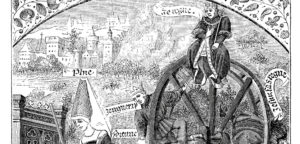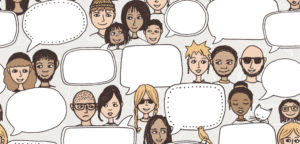
Riding the Wheel of Fortune: How the Substance of Our Teaching Can Help Us through the Crisis
Much of the discussion about the move to remote and online classes this school year has focused on the mechanics of such teaching—how to make online learning engaging, how to create community, how to use the technology better. But what about the substance of what











